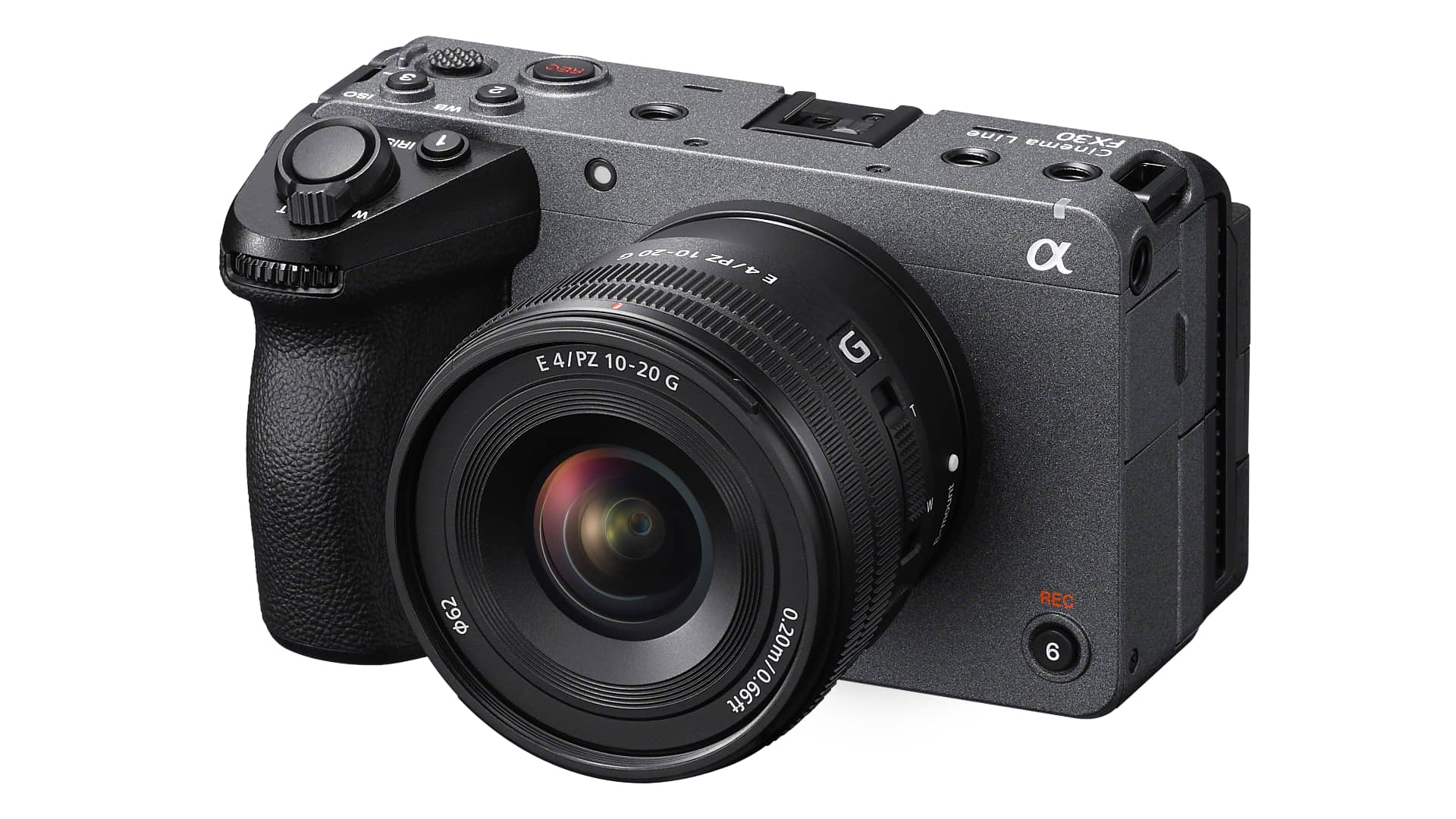
Autumn arrived and we were treated to a new camera from Sony, while Elon Musk unveiled a distinctly underwhelming robot.
Autumn proper kicked off with Sony announcing 'two' new cameras, the FX30 and the FX30B. The release was unusual for Sony because the cameras not only appeared to be very capable, but they were priced relatively modestly at £2,100 for the base model.
At first glance it would appear that Sony was aiming to compete with Blackmagic Design's Pocket Cinema Camera line, although Sony's babies appeared to be much more compact.
Unfortunately the you-know-who patent issue means that there was no onboard raw recording, therefore requiring an external recorder for such purposes. Still, 4K at 120p and 240fps in 1080p for the FX30B means that the cameras looked suited to people who are on a budget, or for use as a stunt camera on larger budget productions.
We wrote: "Sony’s new FX30 is a 4K Super 35 compact cinema camera with big ambitions as confirmed by a Sony statement that it is considered to be the newest addition to the brand's prestigious, not to mention expensive, Cinema Line. Perhaps what’s unusual about it though is that it is decidedly not expensive."
Read Sony launches new FX30 camera and takes aim at BMPCC.
Optimus Unprimed - how Tesla’s AI robot was distinctly underwhelming
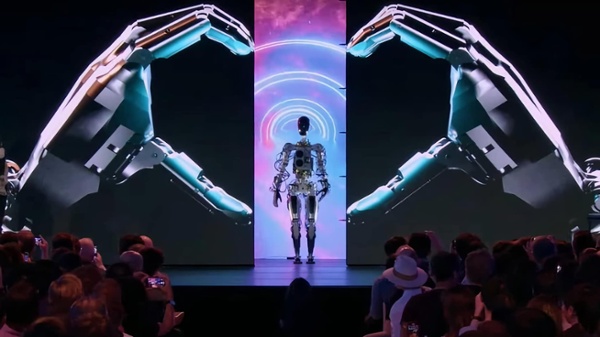
In a bid to keep the publicity machine going, Elon Musk decided to present the world with a new robot concept from Tesla. The presentation event was hyped, as you'd expect, but the humanoid like robots were rather underwhelming, particularly if you're used to seeing the incredible achievements of Boston Dynamics.
If the future of humanoid robot assistance is to become a reality, we're going to need much more than a device that can walk onto stage looking distinctly constipated and performing half arsed waves to the audience. That's not to say that in the coming years Tesla won't catch up with Boston Dynamics, but it does seem that it's going to be a long time before such things are truly useful.
Why go to the trouble of all the development angst? Andy Stout summed it up: "But probably the biggest reason is relatability. The feeling within marketing departments is that people will want to buy robots that they can relate to, and that means having two arms, two legs, and a head, with some sort of projection used to replicate expression. And this holds even if it is ridiculously difficult to produce one that works."
Read Optimus Unprimed - how Tesla’s AI robot was distinctly underwhelming.
Hollyland Mars 4K reviewed
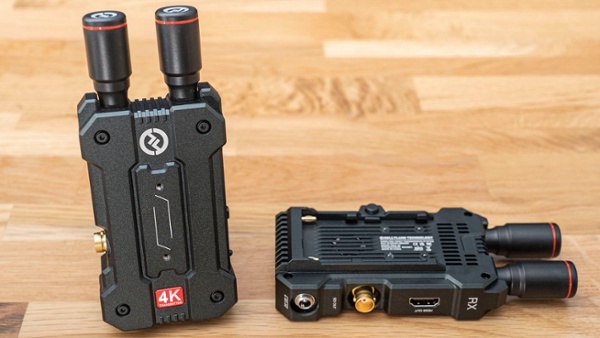
Technology has once again been showing its democratisation of previously extremely expensive systems. Nowhere has this been more apparent than with the development of low cost, low latency wireless video monitoring. In this case, the Holland Mars 4K.
With a price below £600, the Mars 4K transmitter and receiver combo would appear to represent incredible value. Our reviewer, Chris Foreman, commented, "These are impressive, aimed at the lower end of the market with a balance of affordability and performance. I’m not sure what else they could offer — another mount in the box perhaps but that’s about it. Hollyland has made another product that others are going to scramble to compete with."
We need to manage AI better as we are approaching the Creative Singularity
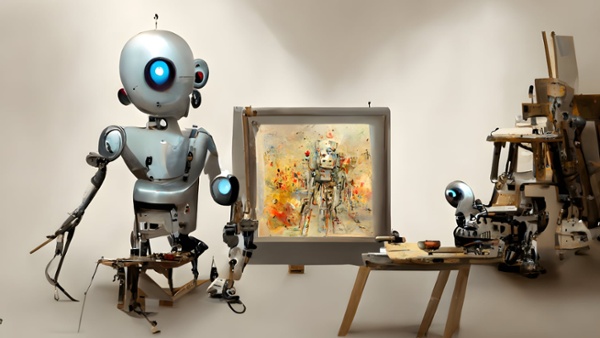
AI continued to impress us throughout 2022. In many ways, it was the year of artificial intelligence, with breakthroughs being made on a regular basis. We had AI image generation that could create photoreal images from a simple description, and more recently ChatGPT has been sending shockwaves across the tech world.
David Shapton examined this speed of development and whether we might be fast approaching the creative singularity, and what this might mean for us humans.
"For those unfamiliar with the technological Singularity, it's a concept that Ray Kurzweil brought to the surface in his 2005 book The Singularity Is Near. There are several mutually compatible definitions of Singularity. I think the most useful one says that the technological Singularity is when the rate of progress is so steep that it appears to be a vertical line from our perspective. In other words, you get infinite progress in absolutely no time at all."
Read We need to manage AI better as we are approaching the Creative Singularity.
DaVinci Resolve available for iPad
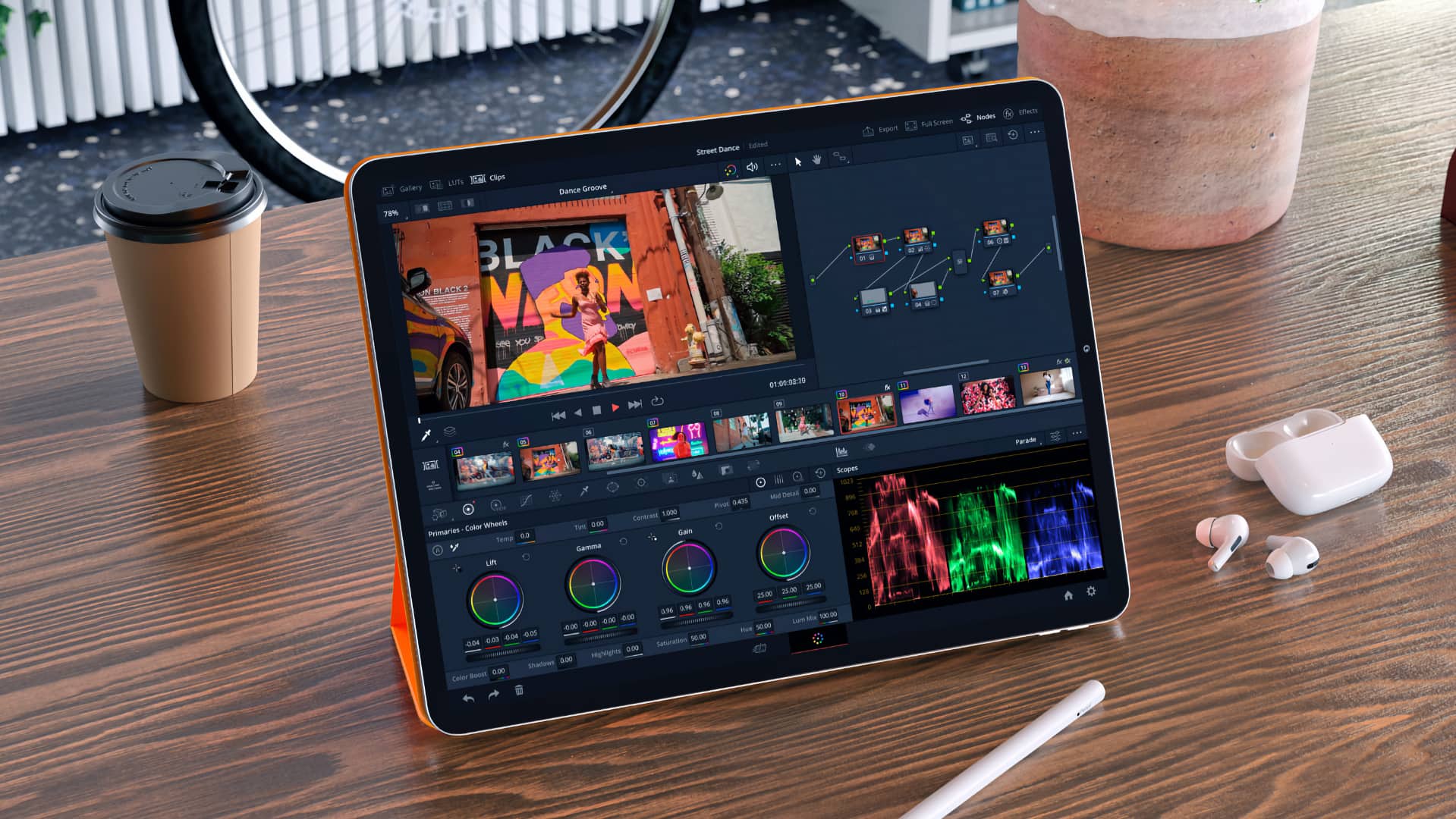
Mobile editing is one of those things that has generally been the preserve of powerful laptops like the MacBook Pro. The promise of truly capable editing on mobile devices like phones and tablets has, unfortunately, eluded us, until now.
Blackmagic Design unveiled its plans to release DaVinci Resolve for Apple's M2 powered iPad Pro, bringing one of the most powerful NLEs and grading systems to a device you can slip in a briefcase.
The iPad version of the software, which is available in both free and Studio variations, simplifies things by featuring just the Cut page and Colour page, rather than the Media, Fusion, Fairlight, and Delivery pages. However, it is fully compatible with the desktop version of the software, meaning that projects could be edited more conveniently on a plane or train before being sent to the desktop version for finishing.
Read DaVinci Resolve available for iPad later this year.
Atomos has developed an 8K cinema camera sensor
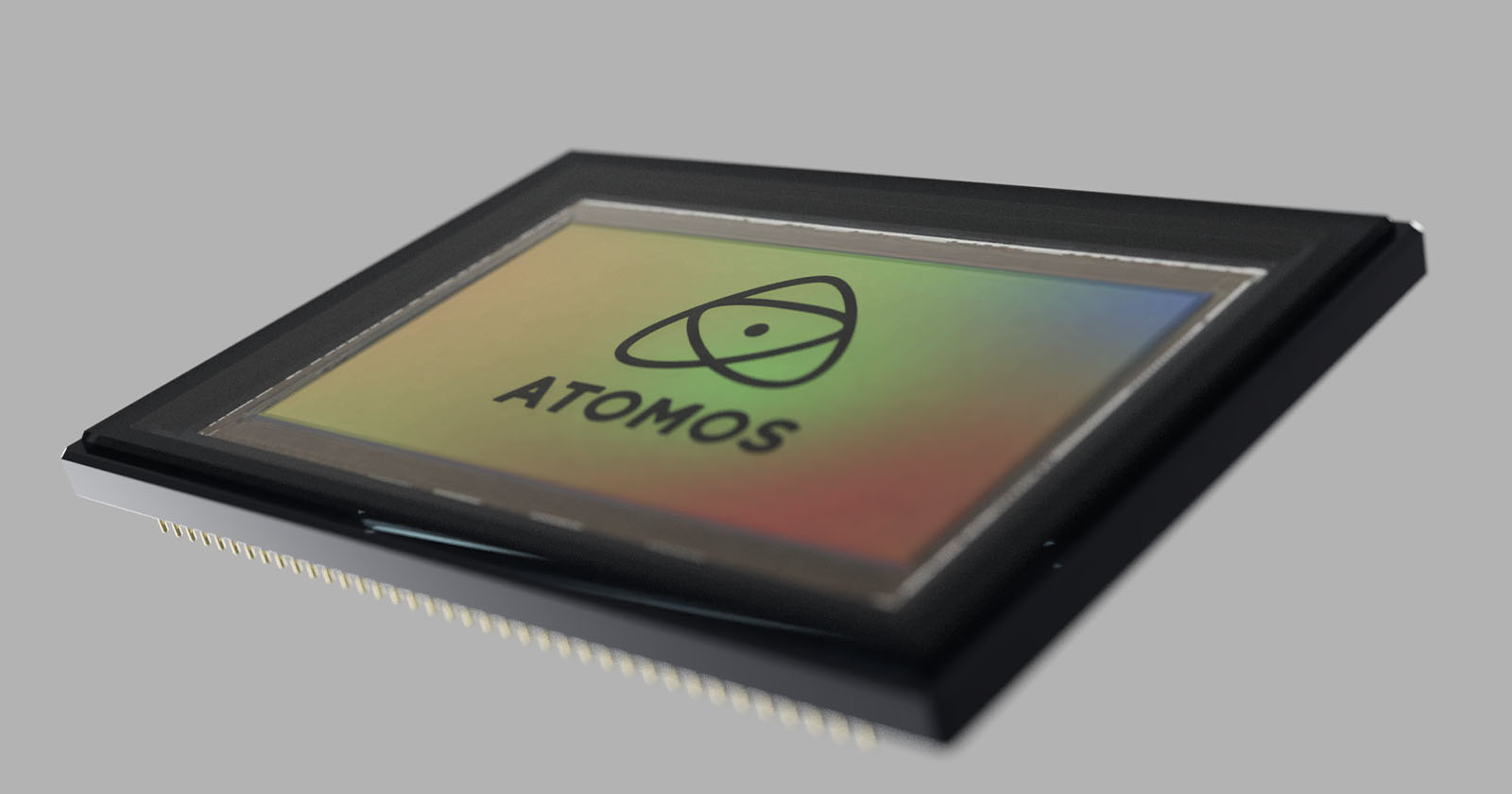
One of the more surprising announcements of 2022 was that Atomos has developed its own 8K CMOS sensor. Even more surprising was that the company had in fact been working on it for quite a number of years, with a mind to releasing its own camera.
Although the idea of an Atomos camera was shelved a long time ago, work on the sensor continued, potentially giving manufacturers a capable alternative to companies like Sony.
"Interestingly the sensor development appears to have stemmed from Atomos acquiring the intellectual rights and development team from Grass Valley, which the company purchased five years ago. The phrasing of the press release would appear to suggest that the purchase was made with the specific intention of developing a new 8K sensor."
Tags: Technology Production


Comments